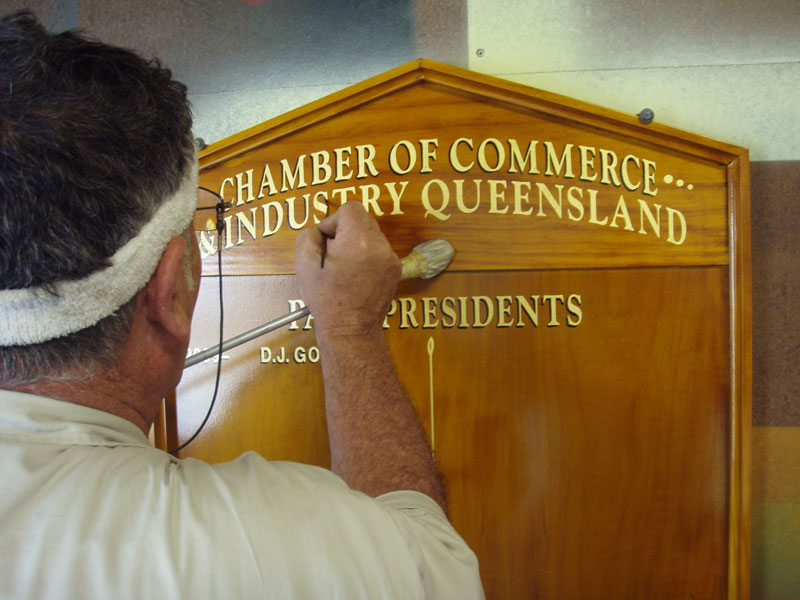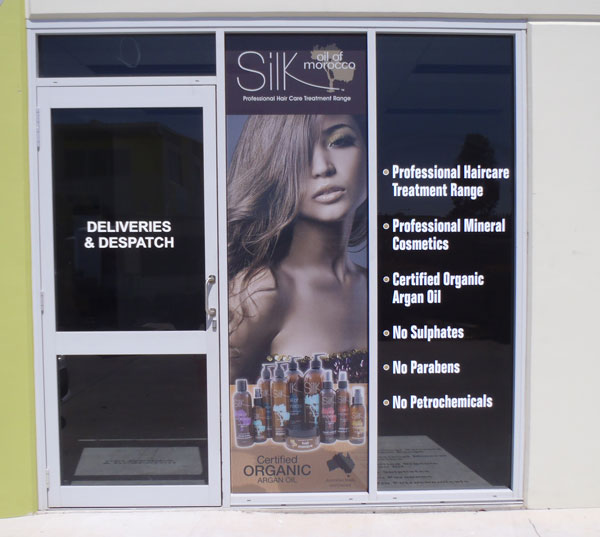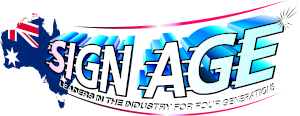Our history with signwriting and painting in Brisbane has been extensive and this got me thinking as to how business was done at the turn of the previous century. The last two patriarchs of signage are no longer with us, but I decided to ask Neil as to what stories he can remember about how signwriting and painting did business nearly a century ago.

It makes our current lives seem positively boring in comparison. George Cox, the founder of George Cox and Sons was a great horseman, and in those days this was a necessity as his horses were his transport and ultimately linked to his livelihood. He would be up before the crack of dawn to care for his horses and saddle them up to his buggy. His horses were housed in the stables at his Gordon Park residence. He would then have to get the paint and other equipment required for the job, travel to the job would take significantly longer than it does today, (although with Brisbane traffic at the moment maybe it is on par). When he arrived at the job, he would then have to ensure that there was somewhere for the horses to be and that he had feed and water for them for the day. Tradesman, up until the last 50 years, would always go to work in a suit or their Sunday best. They would then have to get changed when the turned up to the job, and they would also get out of their work clothes at the end of the day and travel home in their formal attire.
People certainly would have to ensure that they were more organised than we are today. Not only did they need to ensure that they had all the equipment required, but they would have had to take lunch not only for themselves, but for their horses, as well as ensuring that they had their clothes and shoes for the day. Days would often be long, as the horses would have to be washed down and cared for again at the end of the day and all the equipment put back in the shed. There were no mobile phones to ring on, no navmans to find directions, and no invoices to be emailed. Invoice and quote books were handwritten with copies made using carbon paper. Modern day conveniences were unheard of; I suppose the question is where they missed. We certainly would not be able to maintain our fast paced lives without them, and the quicker we get products and information, the quicker we want them. The quality of products from the previous era were impeccable, shortcuts were rarely taken and all signwriting was handwritten, and there was no computer cut lettering or digital printing. Tradesman became very good at their brush skills and worked well with this medium as it was an everyday occurrence. Today’s Brisbane signwriters wouldn’t be able to compete with those of yesteryear with brushwork skills, but our signwriting ancestors would have struggled with our increasingly technology driven sign industry. Signwriting today is less about hand painting signs and more about various other media, for instance: digital printing, led signs, computer cut graphics, cnc routing services, and complex illuminated signs.
As a child growing up in the Brisbane Sign Industry, I remember when we go the first computer cut lettering machine, a hot tip cutting device. The system was rudimentary by today’s standards, but was state of the art at the time, I remember that people came from near and far just to have a look at our machine. I saw firsthand the change from traditional signwriting to computer cut lettering to digital printing. As a kid I remember that there would be several signwriters and apprentices at the signwriting wall, writing various types of signs. I also remember helping with screen printing thousands of signs – today these would be done with digital printing. Screen printing these types of signs, would require a large amount of people and large amounts of room for the signs to dry. Today’s methods are less labour intensive and able to be done is smaller premises with a great finish.

Years ago Brisbane signwriters and sign companies would spend all their time onsite or in the workshop, as opposed to today where large amounts of time are spent as a slave to the electronic machines – computers and printers. Many trades and professions have changed over the centuries, but I feel that signwriting has probably had one of the greatest, yet least publicised changes of all of them. The ancient art of signwriting has been around for centuries, but the face of signwriting has changed, to a world where the products are increasingly developed by machines, and the handmade aspects of Brisbane signwriting are possibly a thing of the future, as the skills die out with each subsequent generation. I personally feel that this is a sad day, but I suppose we must move forward in a profitable manner. But one day the Brisbane signwriters of yesteryear will be no more, and their skills will also be lost.

